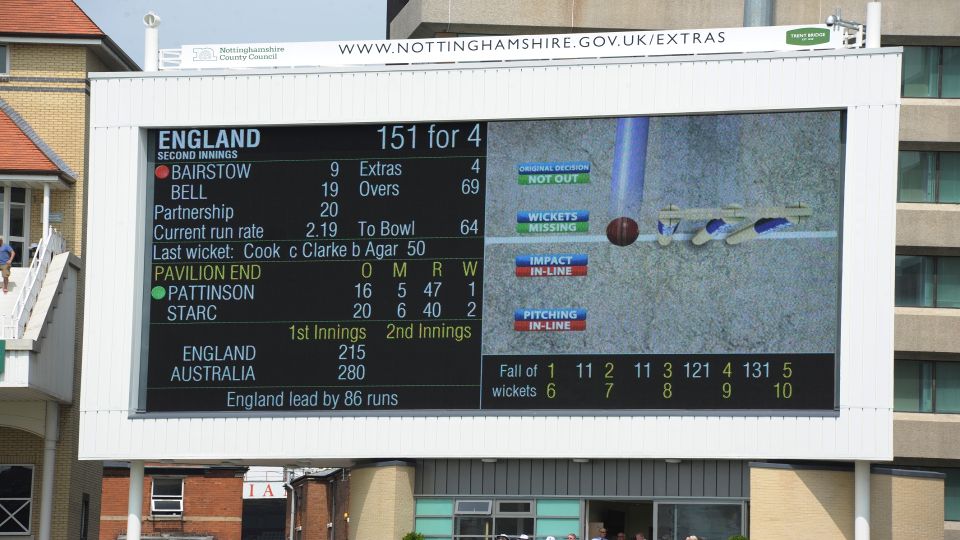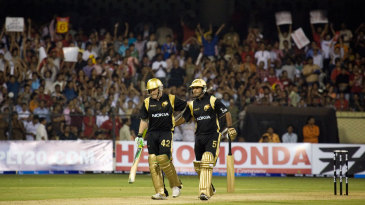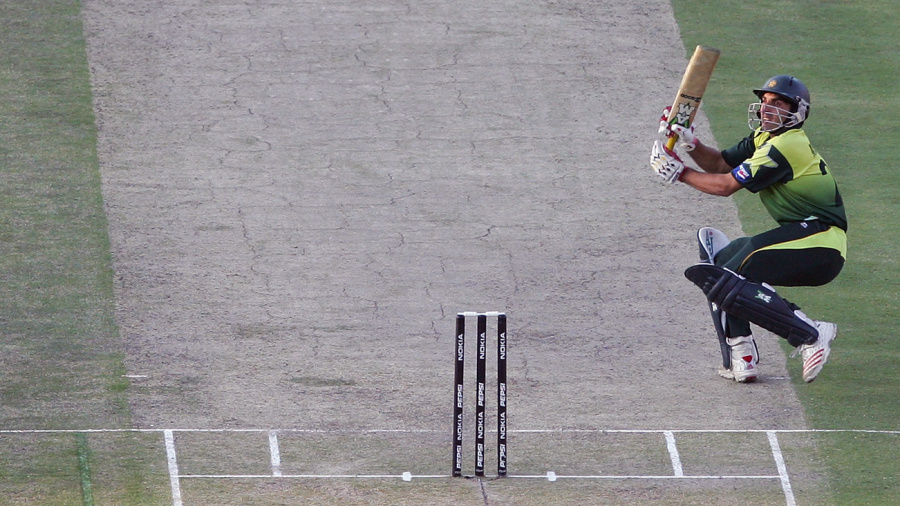What We Remember # 13
The arrival of the DRS
It has improved decision-making, but also brought acrimony and confusion
It has improved decision-making, but also brought acrimony and confusion

Few changes in playing regulations have been as contentious, as long-drawn and morally unsettling, and have affected the game so profoundly and fundamentally as the introduction of the Decision Review System.
At the level of faith, it marked the overturning of one of cricket's founding principles: the umpire's decision was no longer final. Tangibly, it empowered aggrieved players to seek justice; howlers were mostly eliminated in matches where technology was used; and though the process removed the absoluteness of an umpire's decision, it eased pressure on the umpires, who no longer had to bear the cross of a decisive error.
But no matter how much less acrimonious cricket has been on account of the DRS, it remains a work in progress. Ironically, though its roots lay in the indignation of the Indian team that found itself at the wrong end of many umpiring errors during the ill-tempered Sydney Test in 2008, the first victim of DRS was an Indian, and it turned out later that the ball-tracking technology might not have been applied correctly. In adjudging Virender Sehwag lbw upon review, Virtual Eye, or the person using the system, missed one crucial element: it showed Sehwag being pinned on the back leg, whereas the ball had, in fact, deflected off the front pad.
The Sri Lankans were far smarter in using the review system and it became apparent quickly that the DRS would be used as much as a tactical tool by teams as it would to overturn obvious errors. The Indian team returned unconvinced and the BCCI remained an implacable opponent of the DRS until 2016, when changes in leadership, both on and off the field, promoted a rethink and the DRS finally became universally accepted.
But many questions remain: The technology is not foolproof. It still involves a significant degree of human interpretation. Availability of the technology isn't uniform (the recent World Cup qualifier in Zimbabwe was played without the DRS and it cost Scotland dearly). The technology is provided and controlled by the home broadcaster, not the ICC, for all bilateral series. Limiting the number of reviews (without which every decision will be challenged, leading to massive delays) means it provides justice for some but not all. And the element of umpire's call makes luck a factor.

But despite these, there is no turning the clock back. And the unintended effects have been equally game-changing. Palpably, it has encouraged umpires to hand out far more leg-before decisions on the front foot, to the benefit, in particular, of spinners. Using the pad as the first line of defence against spin is no longer routine for batsmen, because they have been denied the unwritten insurance of the benefit of doubt.
It has also changed playing styles. Kevin Pietersen was reflecting a reality when he said that from a batsman's perspective, the DRS has added a fourth stump. Spinners, especially offspinners, have honed their attack to emphasise the lbw rather than the more traditional caught-at-short-leg dismissals. Numbers tell the story. Leg-before dismissals for spinners have risen by nearly 17% after the DRS came into effect. And the number of lbw dismissals to spin per Test in the ten-year period before DRS, which was 1.69, has increased to 2.56 in the last five years. The doomsday scenario of the extinction of fingerspinners hasn't come to pass, and perhaps the DRS has done its bit.


